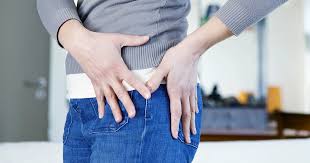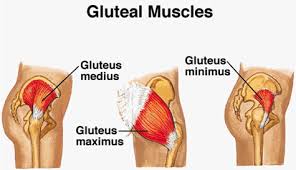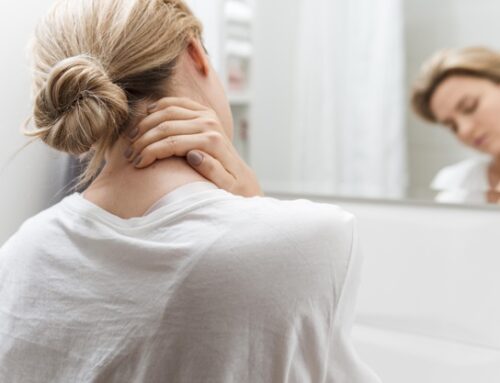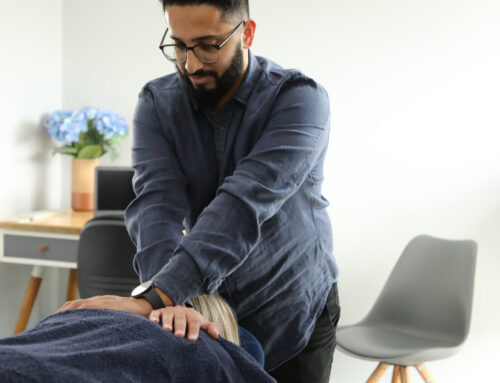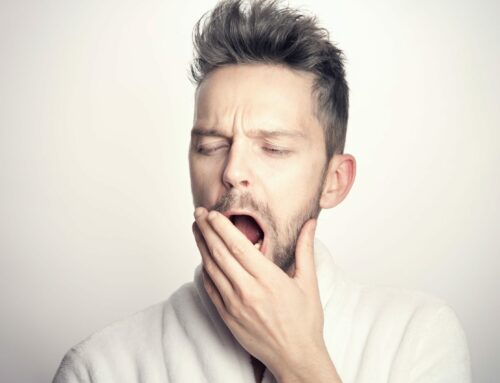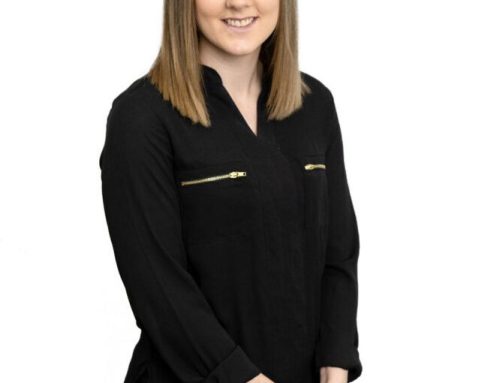We see it time and time again in the clinic…. Female patient aged around 50 (give or take 10-15 years!) who’s getting aching, sore hips to the point where lying in bed on her side is painful. If that sound like you or someone you know, please read on!
This is a really common complaint that we see in the clinic. The official name given to this injury is pretty fancy, “gluteal tendinopathy”, but in reality it is just inflammation of the big tendon that sweeps across our bottoms and on to the side of the hip.
How It Presents
Gluteal tendinopathy typically affects females between 45-65 years. It can come on after an event (eg. prolonged lying in bed due to illness) but more commonly it’s the result of tiny tears that happen to the tendon over many years.
It can be aggravated by walking, stair climbing, prolonged sitting, running and lying on the affected side (or sometimes even other side too!). Although the classic symptom is lateral (outer) hip pain, it may radiate to the groin, or, in approximately one third of patients, pain will radiate down the outside of the thigh or further towards to the ankle.
Causes of Gluteal Tendinopathy
Gluteal Tendinopathy is due to the wear and tear or degeneration of the tendons around the hip, most commonly the Gluteus Medius muscle, which inserts onto the bone on the side of the hip (hence pain in this region).
So how do I fix it?
Firstly, you need to know whether you have gluteal tendinopathy in the first place – that’s where we come in. Osteopaths are trained to accurately diagnose this condition through clinical findings and examination. If it is indeed gluteal tendinopathy, then we work to settle the inflammation down so that your hip is a little less “angry”, then we move to strengthen the muscles of the hip to stop it from recurring.
Research suggests the best way to resolve the problem is with targeted glute strengthening exercises that load the tendon to improve its ability to withstand repetitive stressors – we can show you what to do! We will also give you heaps of advice to decrease your symptoms such as avoiding aggravating activities, icing the hip and sleeping on the unaffected side with a pillow between the knees.
Be aware!
Hip pain can also be referred from other sources like our organs and lower back, so it is best to seek an opinion from one of our Osteopaths to determine where your hip pain is coming from and why it is occuring.
Hopefully that helps give some insight into this condition. Please share with friends or family or anyone you believe may benefit from this blog. In Part 2 of this blog, we’ll give you a video of the most commonly prescribed exercise to help recover from this painful condition.
Thanks for reading!
